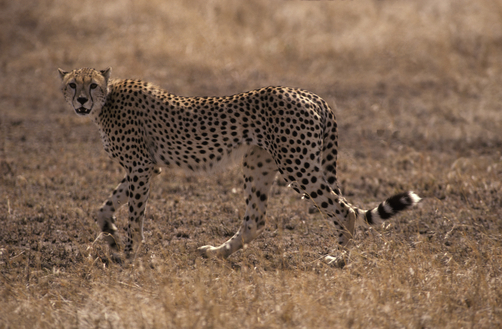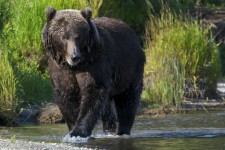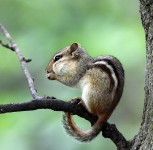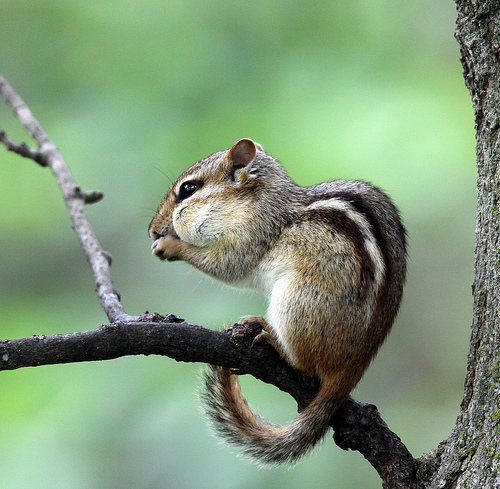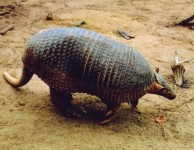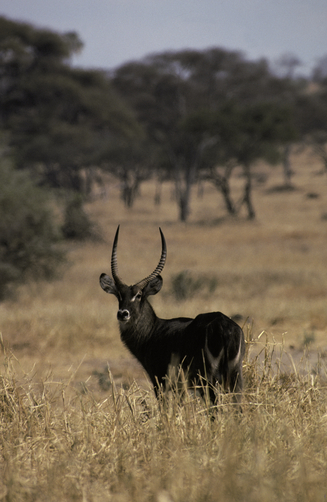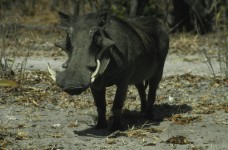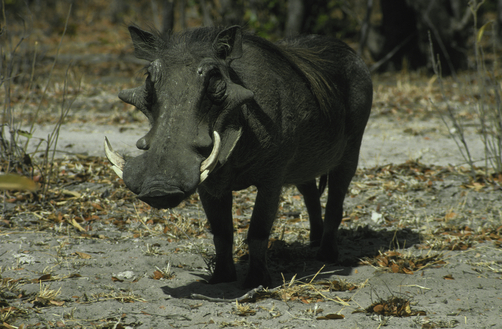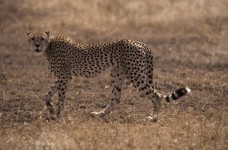
These cheetah facts do not cheat like a cheater.
- Cheetahs are a large feline, or ‘big cat’ found in Africa and the Middle East, and were once found in India.
- A cheetah is from the family Felidae, the family of cats, and its scientific name is Acinonyx jubatus, a group that can be divided into six accepted subspecies.
- Cheetahs, being the fastest land animals, can run at speeds up to 120 kilometres per hour (75 miles per hour), and can accelerate to a top speed in three seconds.
- ‘Cheetah’ comes from the Hindi word for leopard, ‘cītā‘, that has its origins in the Sanskrit word ‘citrakāyah’, that literally means ‘variegated body’.
- Cheetahs grow to be 1.1 to 1.5 metres (3.6 to 4.9 feet) in length and 21 to 72 kilograms (46 to 159 pounds) in weight, have light tan coloured fur decorated with black 2 to 3 centimetre (0.8 to 1.2 inch) diameter spots, black rings on the end section of their tail, and keen eyesight.
Cheetah
Image courtesy of National Geographic
- Cheetahs have a typical lifespan in the wild of up to 12 years, although as many as nine out of ten cheetah cubs become food for hyenas, lions, and other animals.
- Male cheetahs generally live in groups of 2 or 3, although they often live alone, while females are solitary, and give birth to 4 cubs on average, and up to 9 is possible.
- A cheetah’s diet consists of mammals like gazelles and other antelopes, as well as smaller animals, and they hunt by stalking and chasing their prey which they usually do during early morning and early evening.
- Cheetahs were historically tamed for hunting purposes in Ancient Egypt, Persia and India, and are currently illegally hunted for their fur, as well as being a vulnerable species, endangered with habitat loss.
- Cheetahs can go without water for three or four days, as their prey supplies some of the moisture they require, and they communicate through various noises including chirps, purring, growling, hissing and yowling, among others.
Bibliography: Cheetah, 2014, San Diego Zoo, http://animals.sandiegozoo.org/animals/cheetah
Cheetah, 2014, Wikipedia, http://en.wikipedia.org/wiki/Cheetah





